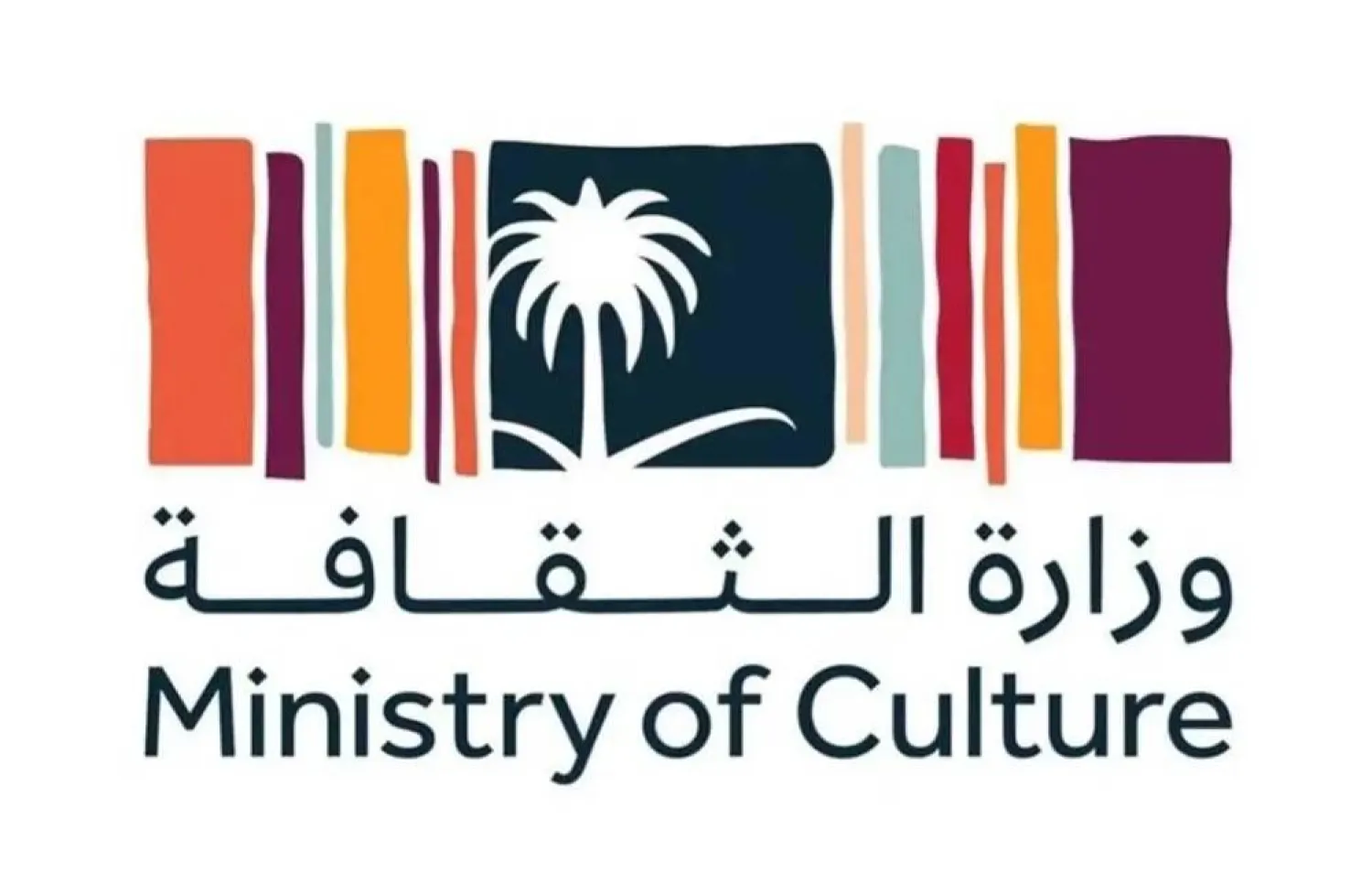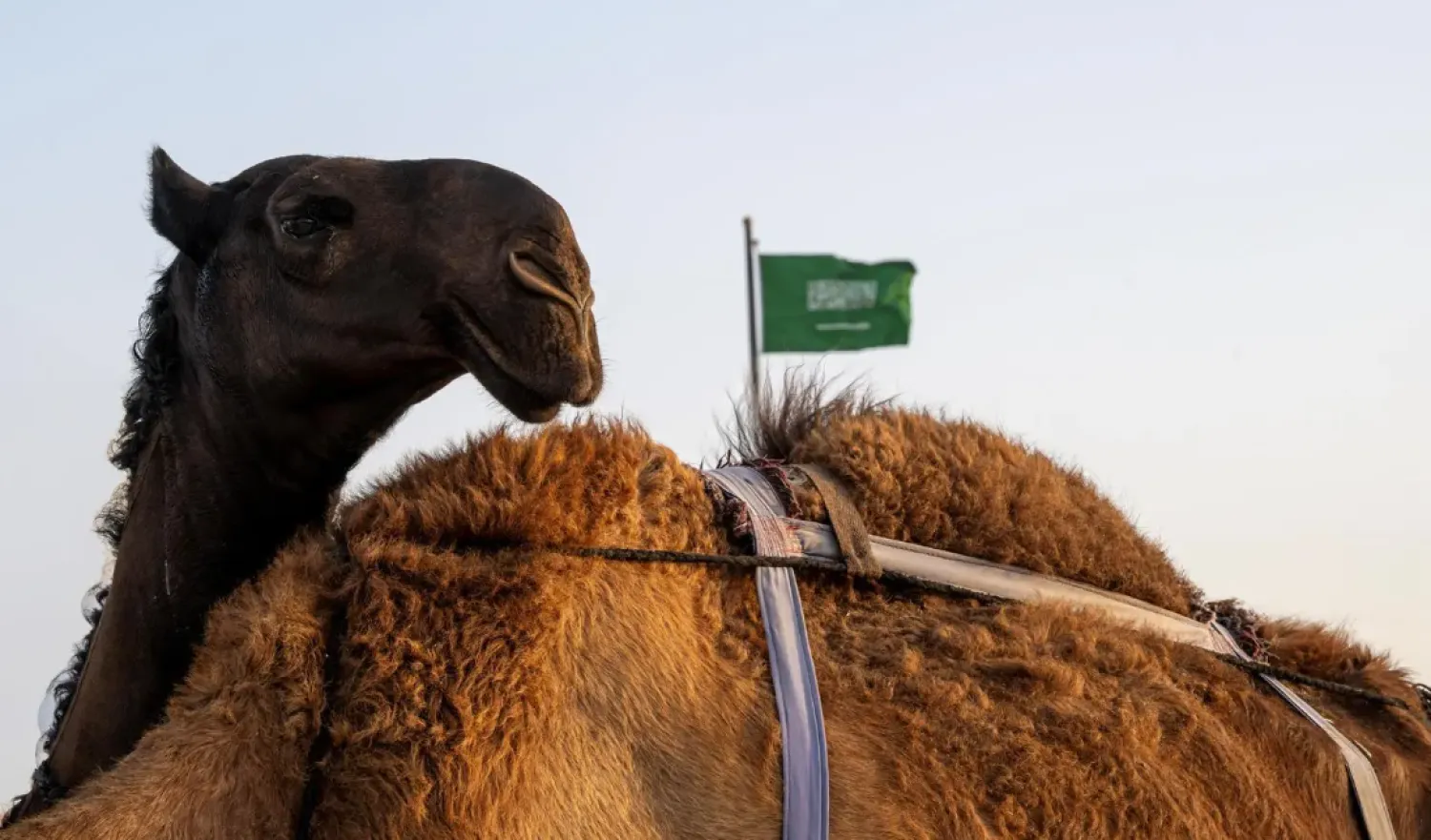“The Earthen Testaments,” a multidisciplinary exhibition exploring Diriyah’s natural and built landscapes through imagery, film, artifacts, and contemporary artworks commissioned from Saudi artists, has opened at Ségur Hall, UNESCO House, in Paris.
The exhibition combines historical remnants and archaeological objects to offer a wider lens into Diriyah and the UN Educational, Scientific, and Cultural Organization (UNESCO) World Heritage Site of At-Turaif, the center of government of the First Saudi State and the ancestral home of the Saudi Royal family. Presented by the Diriyah Gate Development Authority, the exhibition will be on view February 22 to 29.
“We are thrilled to host this exhibition on the rich heritage of Diriyah and At-Turaif, its UNESCO World Heritage Site. Our collaboration is vital to our mission to protect cultural heritage sites and to bring their archaeological significance to life—not only for the Saudi people but also for the international community,” said Fahad bin Maayouf Al Ruwaily, the Saudi ambassador to France and Monaco and interim permanent delegate of the Kingdom to UNESCO.
“The Earthen Testaments presents, through the visionary work of contemporary Saudi artists, a window into the world of Diriyah and At-Turaif. For this enriching cultural exchange, we extend our sincere gratitude.”
According to Diriyah Gate Development Authority CEO Jerry Inzerillo, “As a UNESCO World Heritage Site in the Kingdom, At-Turaif represents the birthplace and gateway to Saudi Arabia, and it is a privilege and great responsibility to share Diriyah’s stories, values, culture, art, and heritage with the world through this exhibition.”
The historical city of Diriyah, birthplace of the Kingdom of Saudi Arabia situated along Wadi Hanifah, has been redefined as a thriving, vibrant center of culture, history, heritage, and knowledge that celebrates its storied landscape, history, heritage, and symbolic monuments.
The unique characteristics of the site have contributed to its status as a natural, cultural, and national landmark, with the UNESCO World Heritage Site of At-Turaif at its heart. The earthen structures of At-Turaif, a UNESCO site since 2010, stand today as a symbol of the heritage, traditions, values, and material forms that define Najdi culture and heritage.
The exhibition combines historical remnants and archaeological objects with contemporary responses from various Saudi artists, offering a wider lens into Diriyah’s heritage and values through material traces. Artwork and film are juxtaposed with a selection of material excerpts, archival images, historical maps, poetry, and an interview with a descendent of the master builder of At-Turaif.
Numerous elements immerse visitors in the unique properties of At-Turaif and its intimate link between landscape, natural resources, and the history of place. The Earthen Testaments presents a glimpse into the story of this historical city and its people through an exploration of its materials.
The exhibition combines archeological fragments, archival photographs, film, poetry, and artwork by Saudi artists Rasha AlRashed (b.1985), Omar Abduljawad (b.1989), Ali AlSumayin and the collective Bricklab (Est. 2015).
In addition, the artisan Abdullah AlSayegh and the perfumer Bader AlHarqan have crafted a Diriyah-inspired giveaway. Visitors will be able to trace the material as witness to the stories of the Wadi and the archeological structures of the sites and experience the tangible and intangible heritage of the area, stepping into a site that stands today as the gateway to the establishment of the story of Saudi Arabia today.









